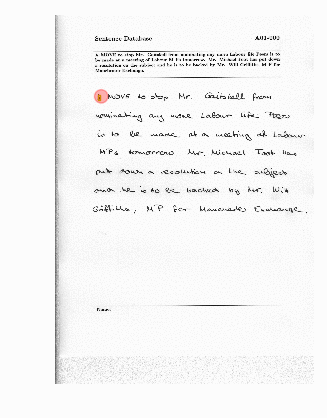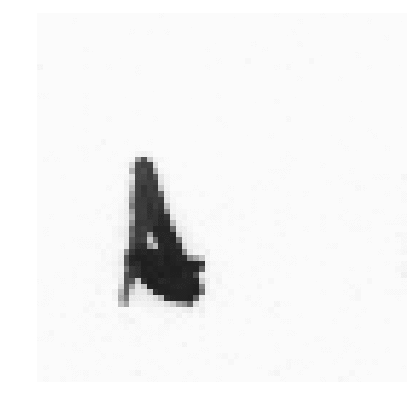The degree of opacity represents the magnitude of the reward (darker = larger magnitude).
The color represents the sign of the reward (green = positive; red = negative; black = 0).
| Environment View | State view |
|---|---|
 |
 |
- Change to letter predictions
- CTC loss
- Save models (checkpoints)
- Networks
- Monitors
- Environments
- Letter prediction plots
- Probability of each letter selected
The first step is to obtain the IAM dataset from the FKI's webpage. You'll need to register in their website, in order to download it. Then you can download the forms from here.
mkdir data
cd data
# xml files
wget http://www.fki.inf.unibe.ch/DBs/iamDB/data/xml/xml.tgz --user=<USER_NAME> --password=<PASSWORD>
# forms A-D
wget http://www.fki.inf.unibe.ch/DBs/iamDB/data/forms/formsA-D.tgz --user=<USER_NAME> --password=<PASSWORD>
# forms E-H
wget http://www.fki.inf.unibe.ch/DBs/iamDB/data/forms/formsE-H.tgz --user=<USER_NAME> --password=<PASSWORD>
# form I-Z
wget http://www.fki.inf.unibe.ch/DBs/iamDB/data/forms/formsI-Z.tgz --user=<USER_NAME> --password=<PASSWORD>
mkdir xml
mkdir forms
tar -xf formsA-D.tgz -C forms/
tar -xf formsE-H.tgz -C forms/
tar -xf formsI-Z.tgz -C forms/
tar -xf xml.tgz -C xml/
Step 2. Data Exploration
Step 3. Pick an Agent
- One network: the reader network, πr, takes in a small chunk of the environment (the state, S, POMDP) and produces an action, a, and a word prediction, w. The environment then returns a new state depended on a.
- πr( a | S )
- Letter prediction
- Actions(discrete): Up, down, left, right, newline
- Word prediction
- Actions(discrete): Up, down, left, right, newline, classify
- Letter prediction
- Two networks: the master network, πm, takes in the whole page (the environment, E, fully observable MDP) and predicts an x,y location of where to look with high resolution. This glimpse is a small chunk of the environment (the state, S, POMDP). S is feed to the worker network πw, which produces an action recommendation, a for the master network and a word prediction, w.
- πm( x, y | E, Aw=a )
- Actions: x, y (continuous)
- πw( a, w | S )
- Actions: Up, down, left, right, newline (discrete)
Step 5. Training Paradigms
These represent possible paradigms for training. Options in bold are the current paradigm being implemented.
- Training word recognition
- Imitation learning
- Word Prediction: Show sequences from teacher with correct word label as output
- Letter Prediction: Show sequences from teacher with correct letter sequence as output (CTC will be used here)
- Bootstrapping
- Word Prediction: Gather sequence where agent hovers over word. Label the sequence as the correct word.
- Letter Prediction: Gather sequence where agent hovers over word. Label the sequence as the correct letter sequence as output (CTC will be used here)
- Training eye controller
- Imitation learning (for n epochs then switch to RL)
- Match actions taken by teacher (cross-entropy loss)
- Bootstrapping (word hover rewards can be used)
- Q-learning
- Policy Gradient